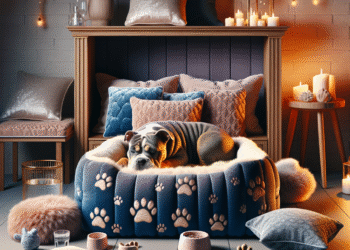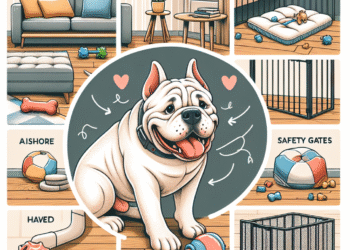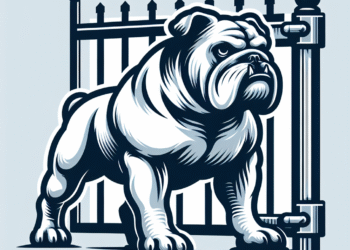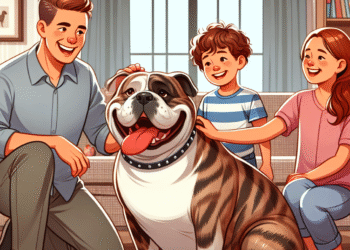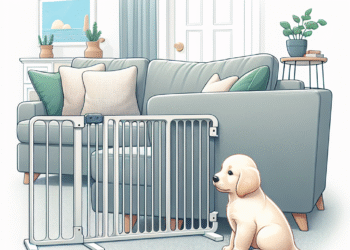Bully breeds, encompassing popular types such as the American Pit Bull Terrier, American Staffordshire Terrier, and Bulldog, are known for their loyalty, strength, and affectionate nature. While these breeds can make wonderful companions, they can also exhibit stubbornness and a strong-willed disposition, particularly if not properly trained. One effective training method for managing these traits is crate training. This comprehensive guide will equip new owners with the knowledge and tools necessary to crate train their bully breed successfully.
Understanding Crate Training
What is Crate Training?
Crate training involves using a dog crate as a tool for house training, providing a safe space for your pet, and offering them a retreat. A crate mimics a dog’s natural den, giving them a comfortable, private area where they can relax without feeling scared or anxious.
Benefits of Crate Training
-
House Training: Crates help teach dogs bladder and bowel control, as they instinctively avoid soiling their sleeping area.
-
Safety: When you are unable to supervise your dog, a crate can keep them safe from household hazards.
-
Travel: A crate-trained dog can travel comfortably and securely.
- Behavior Management: A crate can serve as a safe space for your dog during stressful situations, reducing anxiety.
Preparing for Crate Training
Choosing the Right Crate
Select a crate that is appropriate for your bully breed’s size. It should be spacious enough for your dog to stand, lie down, and turn around comfortably but not so large that they can use one corner as a bathroom.
Introducing the Crate
-
Location: Place the crate in a quiet, low-traffic area of your home, making it inviting with a soft blanket or bedding.
-
Positive Reinforcement: Encourage your dog to explore the crate by using treats, toys, and praise. Start by leaving the door open to let them enter voluntarily.
- Feeding Inside the Crate: Begin feeding your dog meals inside the crate to create a positive association.
The Crate Training Process
Step 1: Short Sessions
Once your dog is comfortable entering the crate, start with short sessions. Put your dog inside, close the door, and stay nearby. Gradually increase the time they spend inside.
Step 2: Gradual Alone Time
As your dog becomes accustomed to short stays, leave the room for brief periods. Return and reward them for staying calm. This helps reduce separation anxiety.
Step 3: Increasing Duration
Slowly lengthen the time your dog spends in the crate. Always reward good behavior with treats or verbal praise. Monitor their responses; if they show signs of distress, reduce the time and progress more gradually.
Step 4: Nighttime Crating
Once your dog is comfortable being crated during the day, you can transition to nighttime crating. Place the crate in your bedroom or nearby initially, then gradually move it away as they adjust.
Common Challenges and Solutions
Whining and Barking
If your dog whines or barks, it’s essential to differentiate between needs (like needing to go outside) and attention-seeking. Avoid reinforcing the behavior by opening the crate or giving attention while they are vocalizing.
Clinginess or Anxiety
If your bully breed shows anxiety when being crated, try gradual desensitization. Start with brief periods and build up, ensuring to create a positive environment around the crate.
Tips for Successful Crate Training
-
Consistent Schedule: Establish a routine for crate times, meals, play, and bathroom breaks. Consistency helps your dog learn and feel secure.
-
Never Use the Crate as Punishment: The crate should be a positive space, not associated with negative experiences.
-
Provide Toys and Comfort: Place safe toys in the crate to keep your dog occupied, and consider a blanket or an item with your scent for comfort.
-
Monitor Response: Pay attention to your dog’s body language; if they appear stressed or scared, reassess your approach.
- Stay Patient: Every dog learns at their own pace. Patience and encouragement are key elements in successful crate training.
Conclusion
Crate training can be an invaluable tool for managing and nurturing your bully breed’s behavior. By creating a safe, comfortable environment and following a structured training approach, you can transform your dog’s view of the crate into a positive experience. Remember, the goal of crate training is not only to develop responsible habits but also to strengthen the bond between you and your furry companion. With time, patience, and understanding, your bully breed can thrive as a well-mannered member of your family.





